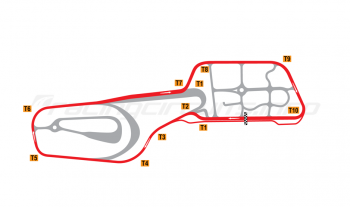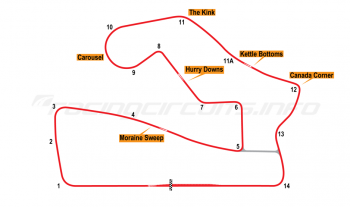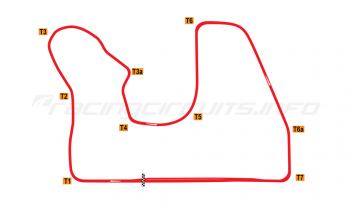Shanghai International Circuit
Circuit Overview
The Shanghai International Circuit (simplified Chinese: 上海奥迪国际赛车场) is a no-expense-spared facility, conceived by the Shanghai authorities as a way to showcase the city to the world, perhaps in retaliation to Beijing's securing of the Olympic Games.
Most famous for hosting the Formula One Chinese Grand Prix since 2004, the track also hosts the annual visit of the FIA World Endurance Championship as well as the MotoGP Chinese Grand Prix, alongside many national championships.
After securing a sponsorship deal with Audi in 2011, the circuit has officially become known as the Shanghai Audi International Circuit and following a similar deal with Chinese manufacturer SAIC (which has a joint venture with Volkswagen), the circuit is also often referenced as the SAIC International Circuit.
Circuit History
Shanghai International Circuit is an ultra-modern circuit, typical of those conceived and built during the early 2000s as Formula One expanded its horizons under Bernie Ecclestone to lands where open chequebooks prevailed. China had long been a target for Ecclestone and, after various other proposals came and went, it was Shanghai’s authorities that finally sealed a deal to host the Grand Prix from 2004 onwards.
To make the dream a reality, a new Formula One-standard circuit was required. A 5.3 sq km site was chosen in the Jiading District in the north west of the city, close to major car parts manufacturing facilities and a budget of 2.6 billion yuan ($450 million) raised though a government-funded joint-venture company. Herman Tilke was chosen to design the track and associated buildings, and between April and May 2003, engineers visited the site to draw up their plans.
The site was actually a swampland, previously used as rice paddy fields, and extensive groundworks had to be completed to construct the circuit. For 18 months some 3,000 workers were on site daily to complete the facility – a remarkable feat of both engineering and logistics.
When it opened, visitors found a vast complex, dominated by the main grandstand and pit complex, which featured wing-like viewing platforms crossing the circuit at either end. This can hold 30,000 spectators alone, and others around the circuit take the total capacity to 200,000. Paddock facilities were also unique – each of the F1 teams had its own building, arranged like pavilions in a lake to resemble the ancient Yuyan-Garden in Shanghai. It creates an amazingly tranquil spot for such a high-octane environment!
The track layout has also been inspired by Chinese culture, with the designers claiming to have drawn inspiration from the Chinese 'shang' symbol (上) for the overall configuration – though you do have to stretch your imagination quite a bit to see it in the final layout.
Driver reaction has been mixed – the never-ending turn one tends to divide opinion, and much of the course is quite twisty, until you reach the 1.2km back straight. Motorcycle racers use a different, and less severe, turns 5-6 complex, while the WTCC and V8 Supercars (on their lone visit in 2005) made use of the intermediate layout which bypasses this section altogether. Formula E racers make use of the longer version of the West Circuit.
Racing has generally tended to be lively - even if the haze of pollution from the nearby factories often leaves the whole area bathed with insipid grey skies, which tends to give a slightly subdued atmosphere. Rain is also often a factor in the races, which at least adds some further challenge for the drivers and riders.
Changes and updates as track returns to prominence
Minor modifications were carried out in 2012 to the end of the West circuit configurations, with the double hairpin bends smoothed out to create a slightly faster end to the lap. Otherwise, the layout has remained as originally envisaged by Tilke from its opening races.
The circuit fell largely silent during the Covid epidemic, with multiple international races having to be cancelled due to China’s strict lockdown rules. As a result it somewhat fell off the radar, with only a limited programme of domestic series visiting when Chinese motorsport was finally able to get underway.
After a five year gap, Formula One finally returned in 2024, when Formula E also made its debut.
To welcome the return of the top-tier motorsport, the circuit received five inspections from FOM, FIA and third-party agents in the lead up, before obtaining its Grade 1 circuit licence. As part of the process several sections of the track were judged to have become too bumpy, where land over tunnels had settled.
To fix this, the circuit adopted a new renovation method that combines 3D printing and machinery. Machine measurement and computer-aided machinery enabled the complete asphalt repair, grinding, sealing and other steps to be undertaken in one go, greatly improving efficiency.
The circuit also upgraded the environment of the waterscape square at its entrance, giving a brand-new welcome for spectators. The renovation also involved greening, parking areas, sidewalks, water and electricity projects, covering a total area of 325,000 square meters.
After the Chinese Grand Prix in April, Shanghai International Circuit will continue with the construction of its Stand B and Stand E areas. With a total of 22,300 seats, the two stands are expected to be completed in November 2024. From there, spectators can see the overtaking and action from Turn 1 to Turn 4, Turns 11 to 13, as well as the cars leaving the pit lane.
Jump onboard
Circuit info
- Shanghai International Circuit, No.2000, Yining Rd., Jiading District, Shanghai 201814
- +86 21 6956 8888
Rate This Circuit
Votes: 7801
Gallery
The latest images from Shanghai International Circuit.
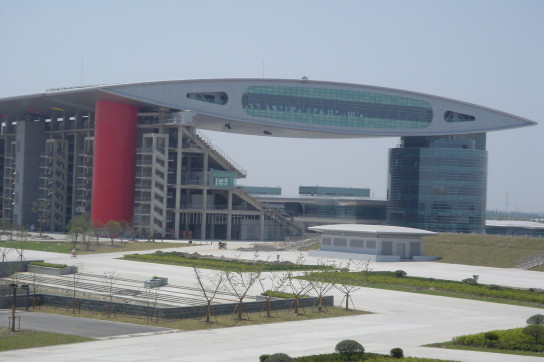
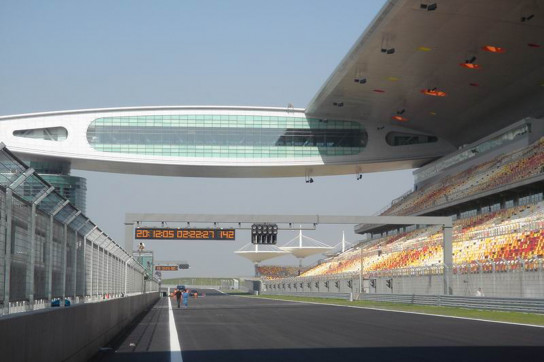
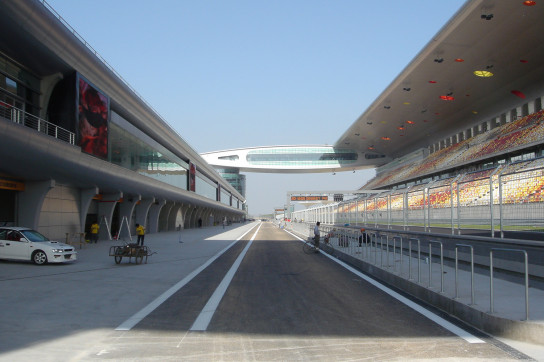
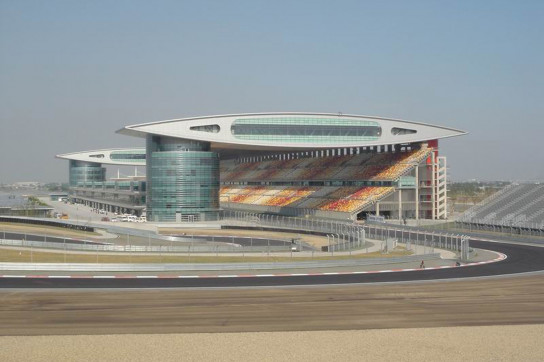
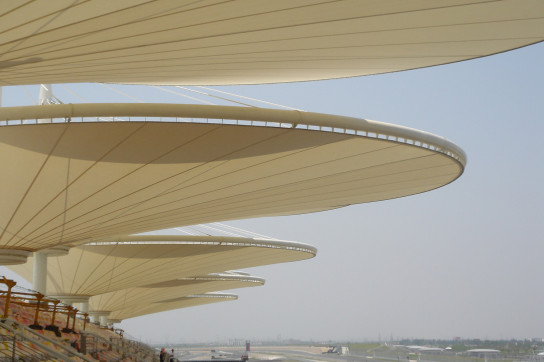
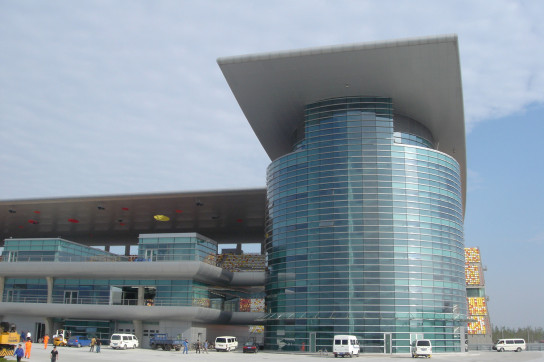
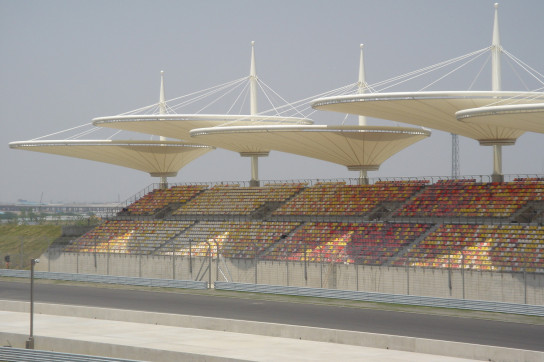
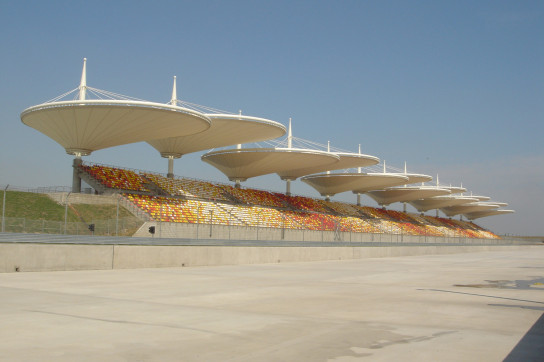
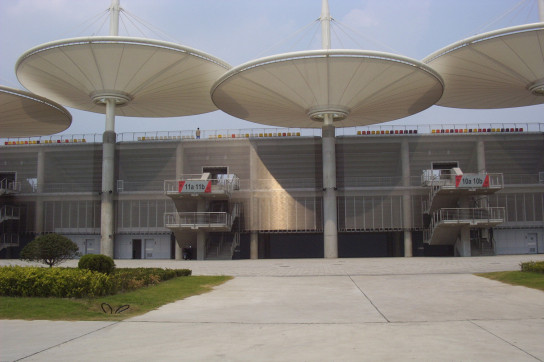
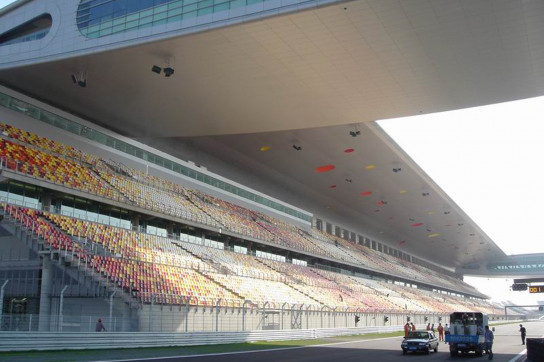
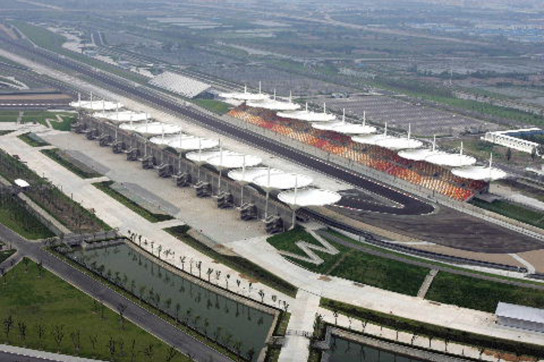
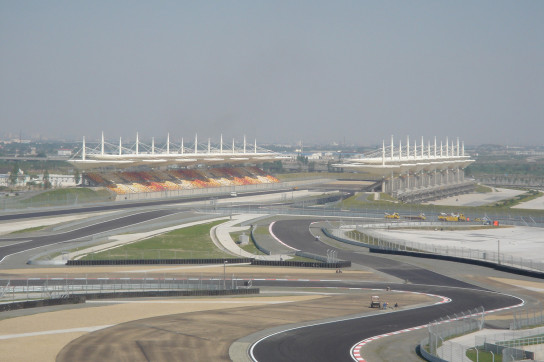
Plan a visit
Get your race tickets!
Brought to you with: 
We've teamed up with Motorsports Tickets to bring you the best deals for Formula One, MotoGP, Le Mans and more.

























